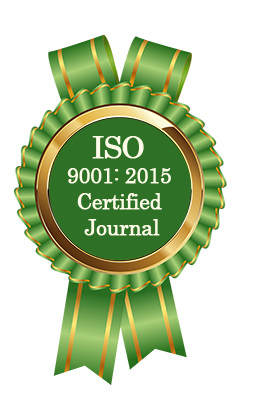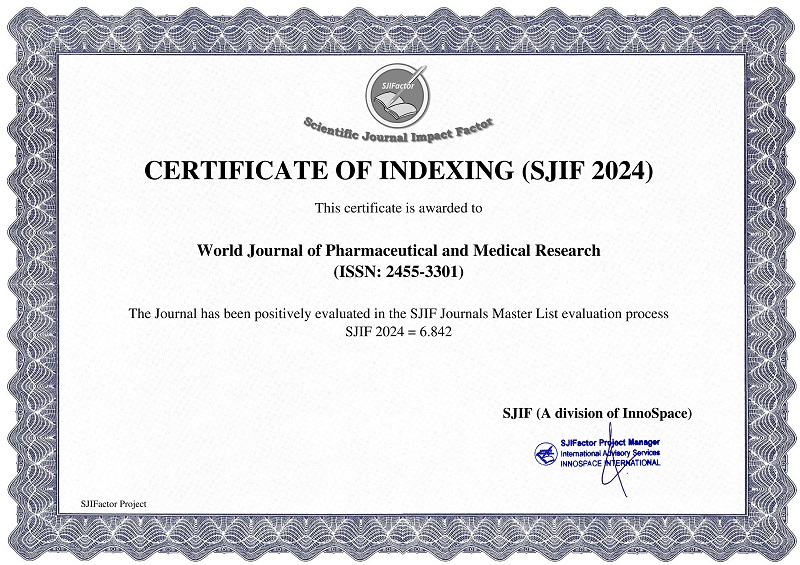PLASMA CELL LEUKEMIA: REVISED DIAGNOSTIC CRITERIA, CLINICAL BIOLOGICAL FEATURES, AND THERAPEUTIC ADVANCES
Imane Hadi*, Wali Alami Mohamed, Iraqui Houssaini Zineb and Belmekki Abdelkader
ABSTRACT
Plasma cell leukemia (PCL) is a rare and aggressive plasma cell neoplasm, classified as primary (de novo) or secondary (transformed from multiple myeloma, MM). Revised 2013 IM WG diagnostic criteria, lowering the threshold to ≥5% circulating plasma cells (vs. ≥20%), better identify high risk patients, with a similarly reduced median overall survival (6 13 months). Clinically, PCL presents earlier (median age 52 61 years), freque nt extramedullary involvement (hepatosplenomegaly, plasmacytomas), aggressive lab features (hypercalcemia, renal failure, elevated LDH), and high risk genomic profiles (del(17p), TP53 mutations, t(11;14)). Treatment involves quadruplet regimens combining a nti CD38 agents (e.g., daratumumab), proteasome inhibitors, immunomodulators, and dexamethasone, followed by autologous stem cell transplantation (ASCT) in eligible patients, improving survival (median PFS: 24 months). Allogeneic SCT is reserved for refrac tory cases. Maintenance therapy (lenalidomide, daratumumab) and minimal residual disease (MRD) monitoring optimize outcomes. Despite advances, prognosis remains poor, necessitating deeper molecular insights and clinical trials targeting genetic drivers (e. g., MYC, TP53) to personalize therapy.
[Full Text Article] [Download Certificate]



